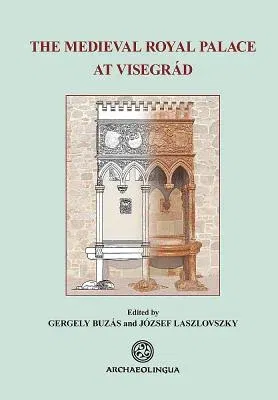Visegrád stands out among the medieval sites of Hungary and the royal
palace complex can be regarded as one of the most important monuments
for the artistic and architectural production of the royal court during
the period of the late Middle Ages. The size and the complexity of the
palace would in itself ensure that the Visegrád royal residence became
one of the principal sites of Hungarian medieval archaeology. The palace
was continuously built, altered and enlarged for two hundred years, and
emerged as a sophisticated complex of dwelling rooms, spaces of status
display, ecclesiastical buildings (royal chapel and Franciscan friary),
kitchens, workshops, storage buildings, gardens, loggias, balconies and
fountains. Its ruination was also a long process that took three hundred
years. Although this slow process caused immeasurable damage, it also
helped to preserve the traces of medieval life in the monument, which in
case of buildings continuously inhabited are usually swept away by
modern use and later architectural changes. The Visegrád Palace,
however, was not used by anyone after the Middle Ages. Its ruined
buildings were not utilized for any other purpose, and so the later
alterations were minimal. Its rediscovery, excavation and reconstruction
has been a task of twentieth and twenty-first-century archaeology and
heritage protection, and the monument provided an opportunity to study a
medieval complex almost undisturbed. The excavations at the Visegrád
Palace also served as one of the most significant steps in the
development of medieval archaeology in Hungary. This volume is the first
comprehensive monograph on the archaeological investigations, objects,
finds, reconstruction and restoration of the palace complex published in
English. It is also a revised, extended and in some other parts
compressed version of a volume published in Hungarian in 2010. It offers
a summary of the previous and recent excavations since 1934 and the
interpretation of the palace in its European archaeological and art
historical context. It also contains the functional analysis of the
palace complex and the discussion of the interactions between the
residence and the Franciscan friary. Some chapters focus on the most
important group of finds (pottery, stove tiles, worked bone material,
etc.) along with their detailed catalogue.

